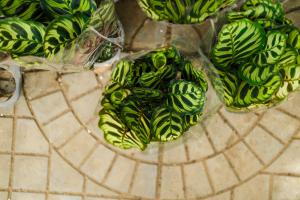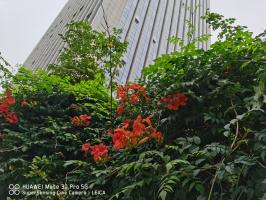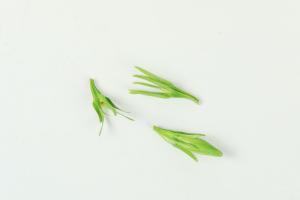What Does the Agave Plant Look Like?
Agave plants are native to hot and arid regions of North and South America. These succulents grow long and fleshy leaves that are often spiky or serrated. There are many different agave species, each with its own unique appearance. However, there are a few distinct characteristics that can help you identify an agave plant.
The Leaves
The most noticeable part of an agave plant is its leaves. They are long, narrow, and usually grow in a rosette pattern. The leaves can range in color from green to blue-gray or even variegated. Some agave species have leaves that are smooth, while others have leaves that are covered in sharp spines or teeth.
The leaves of an agave plant are also typically quite thick and fleshy, allowing them to store water during long periods of drought. This makes agaves well adapted to their native environments, where water can be scarce.
The Flowering Stalk
Once an agave plant reaches maturity, it will send up a flowering stalk that can be several feet tall. This stalk is a distinctive feature of the agave plant, and it can help you identify the species.
The flowering stalk emerges from the center of the rosette of leaves and grows straight up towards the sky. It can be covered in small flowers, which are often yellow, orange, or green. Once the plant has produced its flowers, it will die back. However, many agave species will produce "pups" or new plants from their base, allowing them to reproduce and continue their legacy.
The Root System
The root system of an agave plant is also an important characteristic. Agaves have shallow but extensive root systems that allow them to absorb as much water as possible when it is available. The roots are also able to help stabilize the plant in loose or sandy soil, which is often found in the agave's natural habitat.
Overall, the agave plant is a fascinating and unique succulent that is well adapted to its environment. The distinctive appearance of agaves makes them a popular choice for landscaping and ornamental purposes.

 how many times do yo...
how many times do yo... how many planted tre...
how many planted tre... how many pine trees ...
how many pine trees ... how many pecan trees...
how many pecan trees... how many plants comp...
how many plants comp... how many plants can ...
how many plants can ... how many plants and ...
how many plants and ... how many pepper plan...
how many pepper plan...































